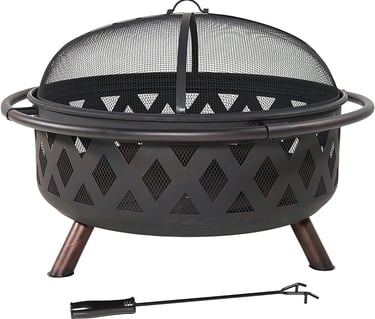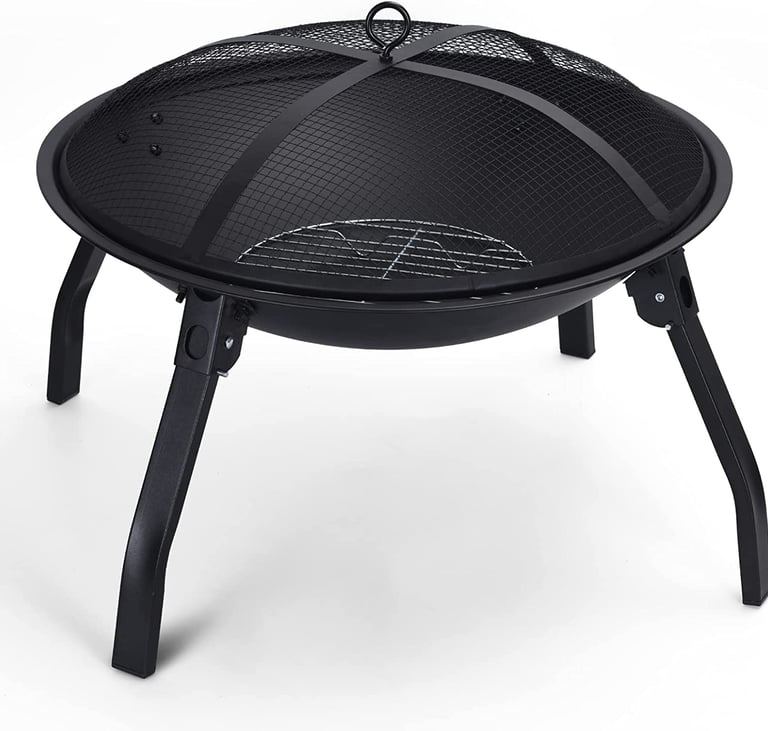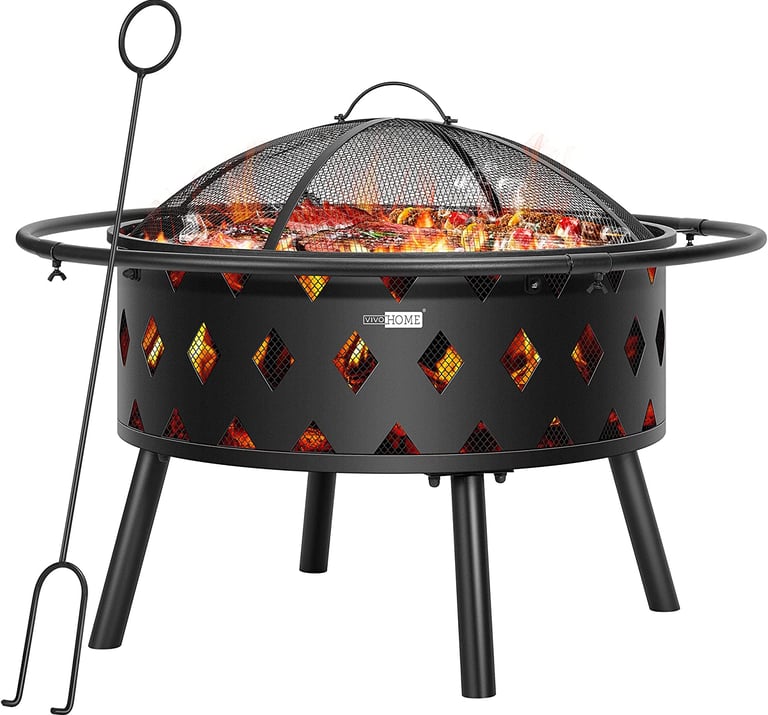History of Fireplaces
CAMPFIRE 101


The history of fireplaces in shelters dates back to ancient times, when early human beings first began constructing shelters to protect themselves from the elements. The first fireplaces were likely simple pits dug into the ground and lined with stones, where a fire could be built to provide warmth and light.
As human civilization progressed, so too did the design and construction of fireplaces. In medieval times, castles and other fortified structures featured large fireplaces that could be used to cook food and provide heat for the entire building. These fireplaces were often located in the great hall, which served as the central gathering place for the inhabitants.
During the colonial period, fireplaces became a staple in homes and other buildings in the New World. These fireplaces were typically made of brick or stone and had a chimney to vent the smoke outside. They were used for cooking, heating, and even as a source of light, as candles and lamps were expensive
During the 19th century, the development of the cast iron stove made it possible to heat a room more efficiently than with an open fireplace. This led to the decline of the traditional fireplace in homes, but it remained a popular feature in public buildings and shelters, such as schools, hospitals, and government buildings
As we see today, fireplaces are not as common in shelters as they once were, due to advances in heating technology. However, many people still enjoy the ambiance and warmth provided by a fireplace and it is still a popular choice in many high-end homes and resorts
So in summary, fireplaces have been an integral part of shelter design throughout history, providing warmth, light and a source of cooking. The design and construction of fireplaces has evolved over time, but it still remains an important feature in providing ideal comfort in frigid times.







